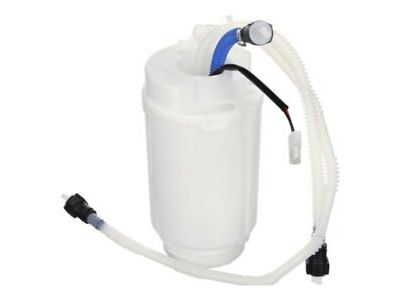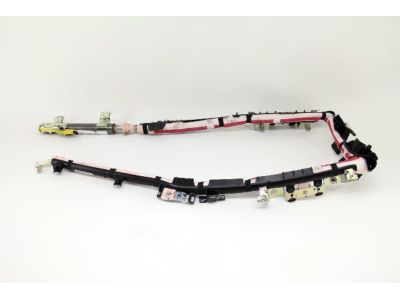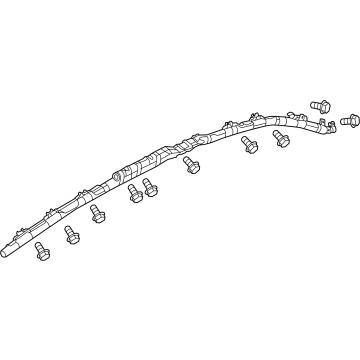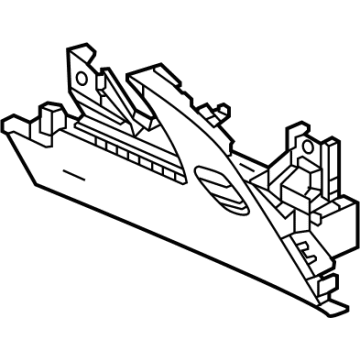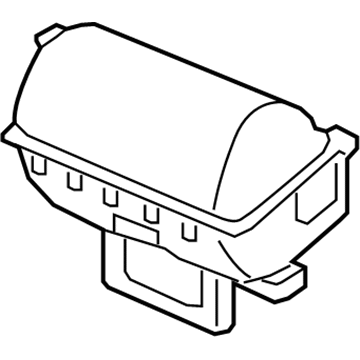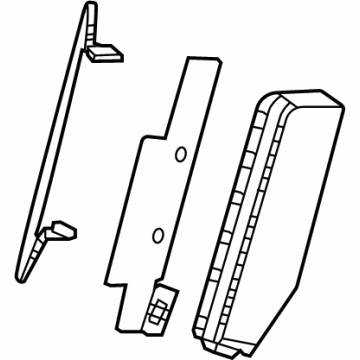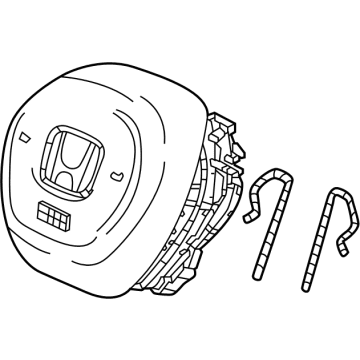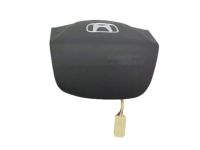×
- Live Chat
- 1-888-984-2011

My Garage
My Account
Cart
Genuine Honda CR-V Air Bag
Air Bag Module- Select Vehicle by Model
- Select Vehicle by VIN
Select Vehicle by Model
orMake
Model
Year
Select Vehicle by VIN
For the most accurate results, select vehicle by your VIN (Vehicle Identification Number).
100 Air Bags found
Honda CR-V Module Assembly, Driver (Deep Black)
Part Number: 77810-TLA-A90ZA$826.95 MSRP: $1193.28You Save: $366.33 (31%)Honda CR-V Module Assembly, Driver Side
Part Number: 78055-TLA-A81$308.72 MSRP: $439.77You Save: $131.05 (30%)Honda CR-V Module, Driver (Graphite Black)
Part Number: 77810-SWA-A30ZA$1820.34 MSRP: $2626.75You Save: $806.41 (31%)Honda CR-V Module Assembly, Driver Side
Part Number: 78055-TLA-A91$314.40 MSRP: $447.87You Save: $133.47 (30%)Honda CR-V Module Assembly, Passenger Side Curtain Airbag
Part Number: 78870-TLA-A70$1170.07 MSRP: $1688.42You Save: $518.35 (31%)Honda CR-V Module Assembly, Passenger
Part Number: 77820-TLA-A70$843.94 MSRP: $1217.80You Save: $373.86 (31%)Honda CR-V Module Assembly, Passenger Side
Part Number: 78050-TLA-A91$308.72 MSRP: $439.77You Save: $131.05 (30%)Honda CR-V MODULE SET, R- SIDE
Part Number: 78650-3A0-A80$308.72 MSRP: $439.77You Save: $131.05 (30%)Honda CR-V Module Assembly, Driver (Deep Black)
Part Number: 77810-TLA-A81ZA$696.04 MSRP: $1004.38You Save: $308.34 (31%)Honda CR-V Module Assembly, Driver (Graphite Black)
Part Number: 77810-T0A-A40ZA$1305.08 MSRP: $1883.23You Save: $578.15 (31%)Honda CR-V MOD, DRIVER *NH900L*
Part Number: 77810-3W0-A80ZA$595.98 MSRP: $860.00You Save: $264.02 (31%)
| Page 1 of 5 |Next >
1-20 of 100 Results
Honda CR-V Air Bag
In search of affordable OEM Honda CR-V Air Bag? Consider browsing through our extensive inventory of genuine Honda CR-V Air Bag. Not only do we provide market-leading prices and a manufacturer's warranty, but we also pride ourselves on exceptional customer service and swift delivery.
Honda CR-V Air Bag Parts Questions & Experts Answers
- Q: What are the components and procedures for servicing the Supplemental Restraint System (SRS) and airbags on Honda CR-V?A: These models come equipped with a Supplemental Restraint System (SRS), known as the air bags which have the capability of preventing head-on or side impacts which would otherwise result to severe injury to the driver and the passengers. It comprises of airbags and airbag modules, sensors especially impact ones, control unit as well as the seatbelts hardwares which work electrically on signals from front impact sensors when a major impact happens. Airbag modules include a housing for the air bag and an inflator unit that is attached to blow up the bag within an almost an instant of an electrical trigger. The driver's side has a spiral cable or clock spring which relays this signal irrespective of the rotation of the steering wheel. The steering airbag module is situated on the steering wheel, the glove airbag on the upper side of the glove box at the passenger side, the front seat side airbags at the upper side of the front seats, and the side curtain airbags extend from the roof rails. The control unit has a microprocessor for its operation, the monitoring of crash sensors, and checks on the system at startup; lights up the 'Airbag' indicator for five seconds in case of proper working. To cause the airbag to inflate the impact sensors must be triggered they complete the circuit to activate the deployment of the bags. A 'self-diagnosis' circuit illuminates a light on the instrument panel when the ignition is turned on, after approximately 5 seconds, the light should go out if the system is functioning correctly; if the light does not go out, it is an indication that the system needs to be checked. One is advised to be very careful when operating on other components that are close to the SRS since the air bag wiring has bright yellow with and double secured connectors, while any disconnection of the battery may lead to some unimaginable driveability problems or warning signs that can only be cleared by scanning tools. To prevent the deployment of the airbags one had to set the steering wheel to straight-ahead, turn the ignition to the Lock position and remove the negative terminal of the battery, with grounding to eliminate any static charges before contacting the assembly. For the enshrinement of the system the ignition should be turned on, the airbag light which indicates the status of the air bag should be put off after the self check. To replace the driver's side airbag module and clock spring one will need to remove the steering wheel, to replace the passenger's side airbag module one will need to disarm the system, remove A pillar and the glove box, disconnect the connector and then lift the airbag out. For CR-V models, the upper part of the instrument panel is to be detached in order to disconnect the airbag connector and to release the mounting nuts; while reconnecting, it is done in reverse order. Side-impact airbags do not need to be ever removed until there is an issue, which should be addressed by, a dealer or a qualified repair shop. Further, pyrotechnic units in the front seat belt retractors that tighten the seat belts during an impact are installed in all models, as well as preparing the occupants for an impact; in addition, the airbag shall be switched off while working on the seats.
Related Honda CR-V Parts
Browse by Year
2024 Air Bag 2023 Air Bag 2022 Air Bag 2021 Air Bag 2020 Air Bag 2019 Air Bag 2018 Air Bag 2017 Air Bag 2016 Air Bag 2015 Air Bag 2014 Air Bag 2013 Air Bag 2012 Air Bag 2011 Air Bag 2010 Air Bag 2009 Air Bag 2008 Air Bag 2007 Air Bag 2006 Air Bag 2005 Air Bag 2004 Air Bag 2003 Air Bag 2002 Air Bag 2001 Air Bag 2000 Air Bag 1999 Air Bag 1998 Air Bag 1997 Air Bag








